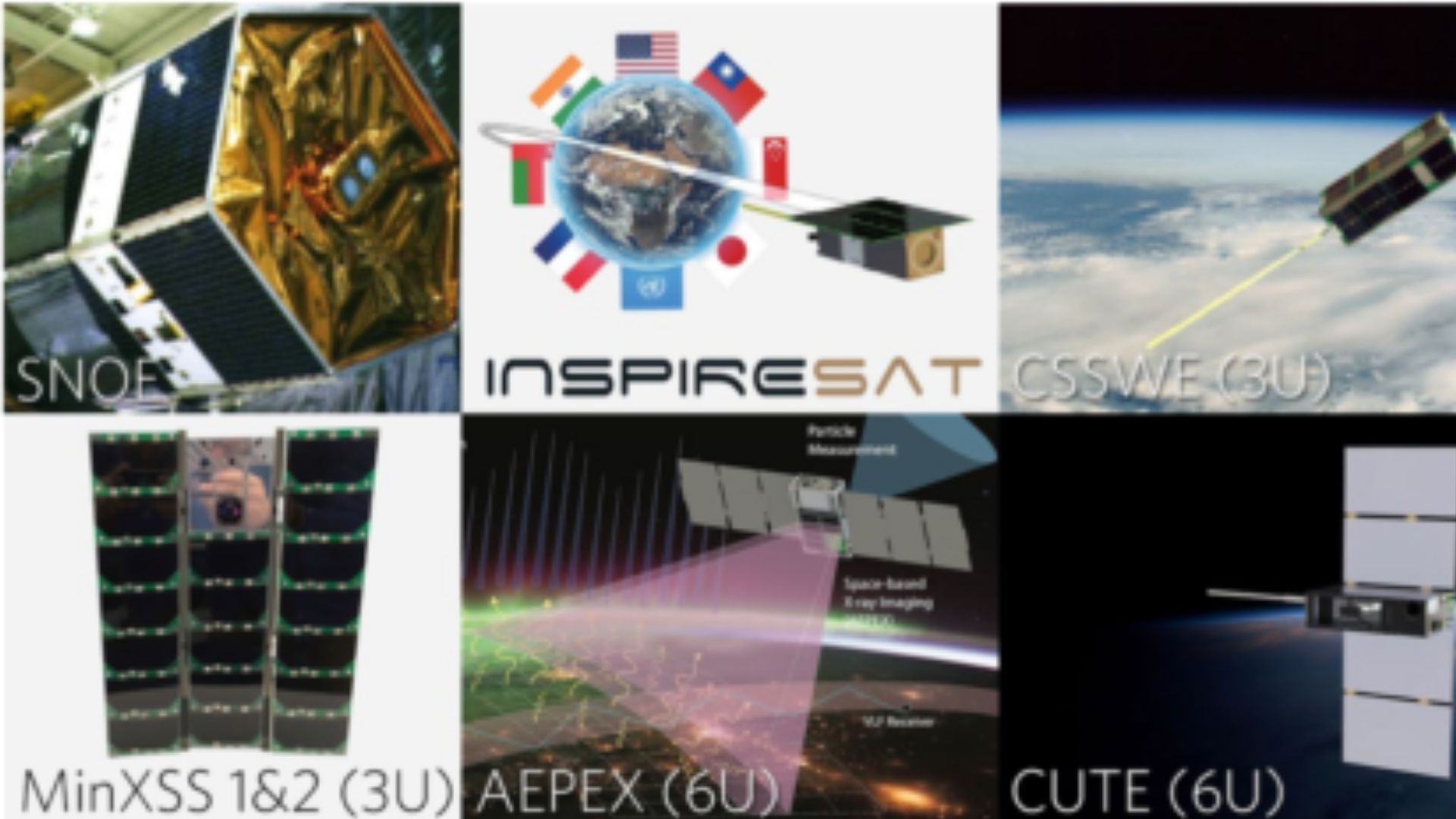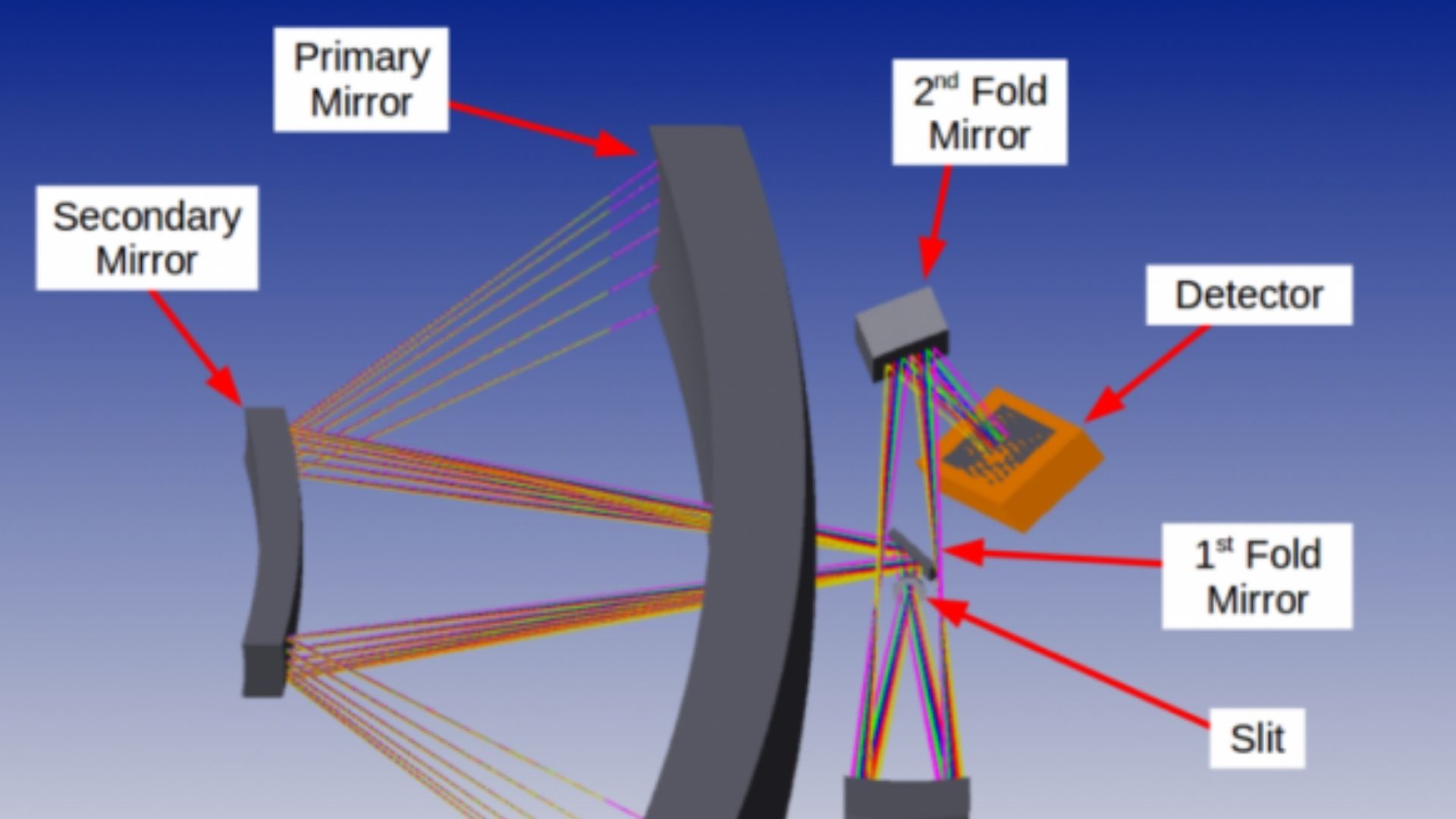
From photon torpedoes and warp drive to stealthy cloaking devices, the Star Trek universe was filled with “mid-22ndcentury” technologies that allowed the crew of the USS Enterprise to fulfill their five-year voyage of discovery. As every trekkie knows, the mission included exploring strange new worlds, seeking out new life and new civilizations—and boldly going where no one had gone before.
When William Shatner, the actor who played the series’ swashbuckling Captain James T. Kirk, takes his seat on a space tourism flight this week, it will highlight the real-world technological advances that have occurred since 1966—his first time sitting in the USS Enterprise’s captain’s chair—that have made some of the futuristic gadgets featured on the show a reality. Sure, some of those Starfleet gadgets, such as dematerializing transporters, still seem far-fetched, but many, like the crew’s communicators, tablet computers, and universal translators, are now consumer items that we use daily. This path from science fiction to consumer mainstay was laid thanks to impressive advances in the realm of space science and technology.
CubeSats
The Laboratory for Atmospheric and Space Physics (LASP) at the University of Colorado Boulder (CU) has played a starring role in the development of some of the latest technologies for space and atmospheric science research. Like the Star Trek series, LASP’s innovations have often focused on miniaturization, and the Lab has played an important role in developing small satellite technologies to address key scientific questions.

This is especially true with respect to CubeSats, a class of “nanosatellites” that weigh between 1 and 24 kilograms (2.2 to 53 pounds). As the name suggests, these craft are built of cube-sized components, with each unit (“U”) measuring 10 x 10 x 10 centimeters. The size of these tiny craft can be expanded to 3, 6, 12, and even 27U to create Rubik’s Cube-sized to shoebox-sized small satellites. CubeSat development has rapidly advanced in recent years, with academic, government, and industrial partners collaborating to increase their capabilities as lower-cost platforms for scientific investigation. LASP is currently involved in the development and operation of 9 CubeSat missions.
One LASP-built CubeSat, the Colorado Ultraviolet Transit Experiment (CUTE), successfully lifted off from Vandenburg Space Force Base on September 27, 2021. This NASA-funded satellite will study “hot Jupiter” planets outside our solar system over the next year using one of the Lab’s most recent technological innovations: a rectangular telescope.
LASP researcher Brian Fleming helped develop this first-of-its-kind instrument to maximize the amount of light it could collect from distant stars. “We started with a standard, circular telescope design, but that limited us to a 9-centimeter diameter,” he says. “We had really hoped to be able to make it larger to make CUTE work as a spectrograph.”

A few months into the development process, it suddenly occurred to Fleming, who’s also a research professor in CU Boulder’s Astrophysics and Planetary Sciences department and principal investigator of another of LASP’s Cubesat missions, SPRITE, that he might be able to elongate the standard circular telescope design. Developing a rectangular telescope would, he knew, be challenging due to the physics of optics in such a small volume, but he also knew that if it worked, the payoff of increasing the collecting area by a factor of 3 would open a whole range of interesting exoplanet targets that were just out of reach with the 9cm circular telescope. So Fleming and CUTE Principal Investigator Kevin France boldly decided to proceed with the novel design.
The new 20 x 8 centimeter telescope and compact ultraviolet spectrograph, which fits snugly into a standard-sized 6U CubeSat, can collect enough ultraviolet light to detect which gases are found in the atmospheres of gas giant planets outside our solar system. These data will help scientists understand the physical and chemical evolution of these atmospheres, information that’s fundamental to answering the question of whether planets outside our solar system may be habitable.
“The conventional wisdom has been that CubeSats are too small to host instruments that need a telescope to collect enough light to make scientific discoveries,” says Fleming. “We hope that CUTE will prove this is not the case.”
First encounter
Shortly after CUTE was released into space from the same United Launch Alliance Atlas V rocket that carried the new Landsat 9 satellite, the CubeSat deployed its solar panels, and its preprogrammed transmitter began to beep. Remarkably, within minutes amateur radio enthusiasts had used this signal to locate CUTE and help define its orbit.
“Space is a big place, so we were extremely grateful to have this community’s assistance,” says Fleming. “It wasn’t until a day later, when CUTE was passing over Colorado, that LASP’s mission operators were able to get a fix on it and begin sending CUTE commands.”
CUTE’s spacecraft was successfully commissioned during the first 10 days on orbit and is now undergoing commissioning of the science instrument electronics. The team hopes to start optical testing with calibration targets in the next week.
Until then, Fleming, France, and the rest of the CUTE team will be carefully monitoring the CubeSat from their mission operations chairs, eager to learn how well their rectangular telescope functions in outer space—and hoping this new piece of technology, and the data it collects, will represent another step in the path from science fiction to fact.
Written by: Terri Cook – Lead of LASP’s Office of Communication Management



